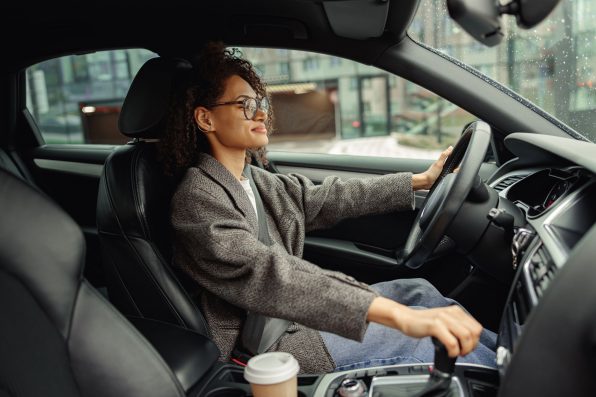A Novel Study Suggests Women Are More Likely To Go Into Shock And Sustain Severe Injuries Of The Abdomen And Pelvis In Car Accidents

Car accidents undoubtedly pose the risk of serious and potentially fatal injuries to all involved, but recent research suggests that women may face additional dangers.
A team from the Medical College of Wisconsin analyzed patterns of trauma injury and discovered notable gender disparities in the types of injuries sustained in car accidents. In particular, they found that women are more likely to experience shock after a collision.
The findings of this study could lead to a reconsideration of safety standards to ensure they account for the physiological differences between men and women.
For the study, the researchers scrutinized data from the National Trauma Data Bank, concentrating on individuals aged 16 and above who had sustained abdominal and pelvic injuries in car accidents from 2018 to 2021.
The findings indicated that women are at a higher risk of suffering serious injuries in these specific areas than men, even in situations of lesser severity.
It was observed that women could go into shock– a dangerous state in which the body’s organs begin to shut down due to inadequate blood flow– with injuries that are less severe than those that might cause similar conditions in men.
Using the shock index, a tool doctors employ to swiftly evaluate a patient’s condition through heart rate and blood pressure, it was found that women generally had higher values for this index across various injury types.
This points to the possibility that women might react differently to physical trauma, or they could be more susceptible to certain types of injuries because of the way safety devices interact with their physiology.
“These novel findings of [gender] differences in shock index could mean we need to look further into how and why this is happening,” said Dr. Susan Cronn, the study’s first author.

Kostiantyn – stock.adobe.com – illustrative purposes only, not the actual person
The study highlights the critical need for the vehicle safety research and design community to incorporate a gender-inclusive approach. This would entail acknowledging and addressing the anatomical differences between men and women when crafting safety features.
The traditional practice has involved using crash test dummies modeled after the average male physique, which neglects essential variations in body structure, composition, and possibly the response to injuries across genders.
So, the researchers suggest that the prevailing safety standards might not offer sufficient protection to female passengers, a conclusion supported by the observed higher susceptibility to shock and distinct patterns of injury in women.
For instance, injuries to the pelvis and liver were more common among women at all levels of injury severity. This discrepancy may stem from differences in how seat belts and other safety devices are designed to accommodate and safeguard various body types.
“Our findings might mean that women’s bodies have less capacity to function when physiological changes occur, that some injuries have more impact on female bodies, or that female bodies handle blood loss differently than male bodies,” explained Dr. Cronn.
“It might also be that we have been assuming that normal vital signs are the same for everyone regardless of [gender] and that we need to revisit our definition of normal.”
This research highlights a crucial public health concern for all drivers and passengers: vehicle safety does not have a universal solution. Although vehicles have grown safer over time, the advantages of these safety improvements have not been uniformly experienced by all demographic groups.
So, the team believes their findings serve as a wake-up call for automobile manufacturers, safety regulators, and researchers. By integrating gender-specific data into both vehicle design and crash testing, the industry has the opportunity to create safety features that offer better protection for every traveler.
This may involve reevaluating the design of airbags, seat belts, and the placement of car seats. That way, they are suited to the varied body types and physiological needs of all car occupants.
“We hope that we can delineate the impact of [gender] on crash injury further so that vehicle safety engineering can consider important male and female body differences in their design and that they can provide insight for legislation and regulations as needed for equity in car safety design,” Dr. Cronn concluded.
To read the study’s complete findings, which have since been published in Frontiers in Public Health, visit the link here.
Sign up for Chip Chick’s newsletter and get stories like this delivered to your inbox.
More About:Science